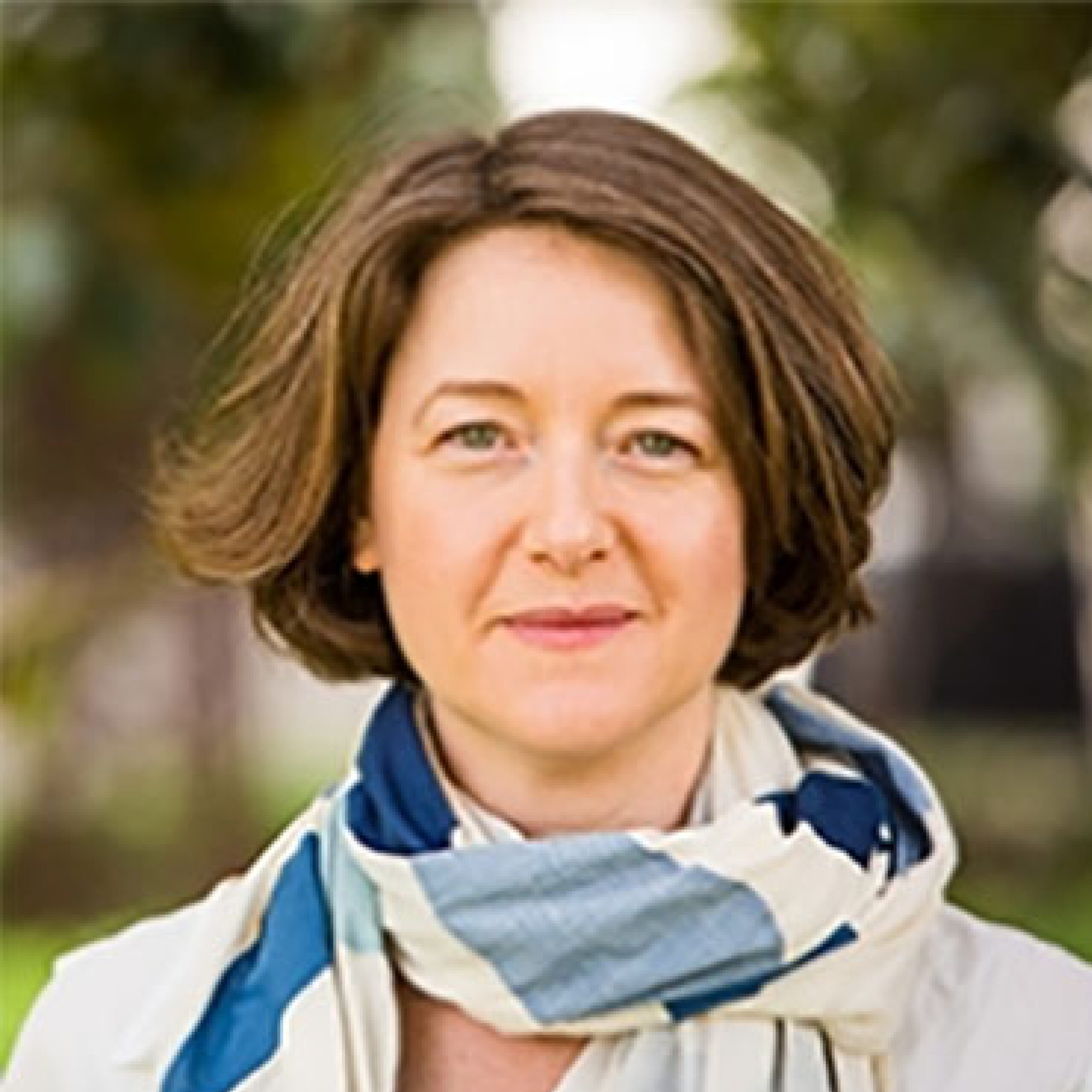I was always a very conscientious judge. I don’t think I could have worked harder in the High Court. I know that I did and would have given the matter the most careful attention in the time available. But being human, any judge can make a mistake.
Branded "Australia's worst serial killer", Kathleen Folbigg was pardoned after serving 20 years for crimes against her children, as a judicial inquiry found reasonable doubt concerning her guilt. As judges grapple with the undue burden of their lists, there is a push from various arms of the legal community to implement a statutory body dedicated to stopping miscarriages of justice.
When former Justice Michael Kirby discovered he was part of the bench of the High Court that unanimously denied Kathleen Folbigg her appeal almost 20 years ago, he was filled with a sense of anxiety.
LSJ sits down with Kirby in the wake of NSW Attorney General Michael Daley pardoning Folbigg, after having served 20 years for the murder of three of her infant children and the manslaughter of her fourth child.
Kirby explains that in the High Court, Judges are required to assess more than 12 special leave applications from the Courts of Appeal every special leave day. And for Kirby, who was on the bench for 13 years, that equates to tens of thousands of appeals – how can one possibly remember all?
“I was always a very conscientious judge. I don’t think I could have worked harder in the High Court. I know that I did and would have given the matter the most careful attention in the time available. But being human, any judge can make a mistake,” Kirby tells LSJ.
“It still leaves one with a sense of anxiety and disquiet. What if I had more time to consider the application? What if I had the opportunity to consider angles that were not before the Court? What if I granted special leave and was able to persuade my colleagues?
“I look back on it now, and I am regretful. But I do not consider (acting on the material at the time), that there was a mistake on the part of the Court in the application of the usual principle that our system relies on 12 citizens on a jury. And they make a decision when they’ve heard all the evidence, so long as a Judge has properly instructed them. That is where it has to stop, otherwise we will never reach finality… but it cannot be the only goal. There is also the goal of preventing miscarriages of justice.”
 Former High Court Justice, Michael Kirby
Former High Court Justice, Michael Kirby
The long fight
On 21 May 2003 in the NSW Supreme Court, Folbigg was sentenced to 40 years imprisonment, with a non-parole period of 25 years. She always maintained her innocence, steadfast that her four children died from natural causes.
The Crown case was that Folbigg smothered her children, either intending to kill them during a fit of anger, resentment or hatred. Alternatively, it was argued she deliberately smothered them in an attempt to put them to sleep so that she could “get to sleep herself”.
The case was entirely circumstantial, and there was no physical evidence that the smothering had taken place. Instead, the Crown relied on evidence that an infant could be smothered without showing signs of the act. There was also no medical evidence at the time to show that the children had died of known natural causes, and the prosecution relied heavily on the “statistical improbability” of so many of her children dying accidentally.
Kirby told LSJ there were two essential points at the crux of the trial. “One of them related to the coincidental nature of the death of the children, and that it was just so unusual that it called for an explanation. The second was that Folbigg kept a diary in which she made, what could be interpreted as admissions, that she had been guilty of murdering her own children,” Kirby says.
“And at the end of the application, the Court said these were quintessentially matters for the determination of a jury.”
Associate Professor at UNSW Law and Justice Mehera San Roque, is part of a group of evidence lawyers, forensic scientists and psychologists that work to improve the way that courts deal with expert evidence.
San Roque explains that at the time of Folbigg’s trial, the prosecution relief heavily on a theory known as “Meadow’s Law” coined by pediatrician Roy Meadow and used in similar cases in the UK. She told LSJ there were concerns raised about the way the prosecution proceeded from the very beginning.
“What Meadow argued was that once you have three deaths, there is a presumption of foul play unless proved otherwise … The discrediting of that approach was known both at the trial and during the appeals.
“That aspect of the case was already under criticism from the very early stages, and you could say that the system should have been more attuned to the weaknesses of the case at the point where it was on appeal to the CCA and then to the High Court,” San Roque says.
“This case is not a classic forensic science case, but it certainly intersects with an overall concern about the way that law deals with scientific evidence. It’s been a case of concern for evidence scholars across Australia for many, many years.”
This case is not a classic forensic science case, but it certainly intersects with an overall concern about the way that law deals with scientific evidence. It’s been a case of concern for evidence scholars across Australia for many, many years.
Folbigg lost three appeals against her conviction, including the one in the High Court that Kirby sat on in 2005. An inquiry was launched in 2019, after a petition from the University of Newcastle Legal Centre, but former Chief Judge of the District Court Reginald Blanch found the inquiry only reinforced Folbigg’s guilt.
In 2021, another petition was raised to the Governor’s Office in light of new scientific material that had become available since the Blanch inquiry. And in May 2022, Margaret Beazley directed a second inquiry into Folbigg’s convictions to be led by former NSW Chief Justice Tom Bathurst.
In a memorandum outlining his findings, Bathurst stated he had reached a “firm view that there is reasonable doubt as to the guilt of Folbigg for each of the offences for which she was originally tried.”
Folbigg’s two daughters were found to have a genetic mutation known as CALM2, which is linked to sudden infant death. One of her sons was found to have an underlying neurogenic disorder which caused his death.
Bathurst found that considering this new medical evidence, the “coincidence and tendency” reasoning central to the Crown’s argument in relation to Folbigg’s fourth child “fell away.”
There was also an “enormous overreliance” on Folbigg’s diaries as evidence of her guilt. But instead, Bathurst found they were the writings of a grieving and possibly depressed mother, blaming herself for the death of each child, as distinct from admissions that she murdered or otherwise harmed them.
Folbigg had long been tarnished as “Australia’s worst female serial killer,” but Bathurst said he was “unable to accept the proposition that Folbigg was anything but a caring mother for her children.”
A ‘failsafe’ mechanism
There is an inherent risk of wrongful conviction within the criminal justice system.
David Hamer, Professor of Evidence Law at the University of Sydney says although the Folbigg case is particularly tragic, it is not unprecedented. Hamer notes that in the last decade there have been at least four different cases around Australia where convicted people were acquitted in retrial or on appeal after serving decades in prison.
This is why Hamer and San Roque, alongside other academics, and various arms of the legal community including Kirby and the Australian Lawyers Alliance (ALA), are pushing for an independent statutory body to be created, dedicated to investigating claims of wrongful convictions.
The model is known as the Criminal Cases Review Commission (CCRC), and it is already set up in many jurisdictions around the world including the UK, NZ and most recently Canada.
San Roque says commissions of inquiry are expensive and inefficient. Instead, Australia should adopt a better structure where the accused doesn’t need to wait on the prerogative of the Attorney General or the Governor.
“With Folbigg, if you go back and look at the date of when the first petition was made in 2015, we are still looking at some eight years between now and then. That is also two inquiries later, both of which have been extremely expensive because everything had to be done from scratch – twice,” San Roque says.
 Associate Professor at UNSW Law and Justice, Mehera San Roque
Associate Professor at UNSW Law and Justice, Mehera San Roque
The expectation of selfless motherhood gets mobilised in these cases. To want to leave the house and see your friends is not an indication that you regard your children as encumbrances and it’s better to kill them. That is an over interpretation.
In New Zealand, the CCRC assesses applications and will undertake a full investigation if it thinks there are doubts about the conviction. The case is then referred back to an appeal court. In the UK, it comprises twelve independent experts who review disputed criminal cases and send them back to the appeals court if there is reason to do so.
Criminal justice spokesperson for the ALA Greg Barns says the current system of criminal appeals makes it very difficult for a person to challenge their conviction, even when new evidence comes to light.
“An independent body that has the freedom and the power to thoroughly investigate would take the responsibility for appeals away from the convicted person and their friends and family, and provide an important protection against wrongful convictions,” Barns says.
“The Commission works in their own timeframe rather than at the pace of the courtroom and has access to a range of specialists and scientists who can be drawn on to examine evidence. If introduced in Australia a body like this could report back to the court and a judge would determine whether to set aside a conviction.”
Kirby agrees. He says ensuring the CCRC does not have the power to make the final decision is important to “protect and preserve” the special role of the judiciary and its function to prevent miscarriages of justice.
He also notes that no politician in government in Australia has suggested the establishment of a CCRC. He says there are still judges and lawyers who don’t think changes should be made to our system that undermine the jury, because they believe that the risk of error is so small.
“If I could sum up the lessons we have learnt in the Folbigg case, first: that we do have strong and efficient judicial mechanisms in appeals to scrutinise and reduce the risk of miscarriage of justice,” Kirby says.
“But second, and not withstanding this, mistakes, oversights and lack of time can lead to a continuing miscarriage and there needs be an additional mechanism to try and reduce these instances. You will never reduce totally the risk of miscarriage of justice, but we can do better.
“Because of the pressures of time, judges may miss a point – and that has been demonstrated. Judges have an undue burden on them to try and get through their lists. There is a need for a differently constituted ‘last look’ by a multi-disciplinary body with more time and different expertise. And finally, the CCRC shouldn’t have the final word, and has to report to the judiciary as is the tradition of a rule of law society.”
Gendered expectations
Miscarriages of justice happen regardless of gender, race or age. But there is an argument from some academics that the “root causes” of some injustices can differ.
Associate Professor Mai Sato of Monash University Law argues that while new genetic evidence led to the release of Folbigg from prison, it would be “incorrect to focus only on scientific evidence” as the sole reason for this miscarriage. She says a “biased misogynistic” investigation contributed to Folbigg’s conviction.
“Appeals processes may fail to identify wrongful convictions: appeals solicitors do not have adequate resources to investigate cases; judges fail to recognise when the system has erred; or at the time of direct appeal, forensic science was insufficiently developed to be of probative value,” Sato says.
San Roque specialises in feminist legal theories and told LSJ that the Folbigg case “fits squarely” within the realm of gender inequality and the law. San Roque references the similar case of Carol Matthey who was charged with, and then cleared of murder of her four children in Victoria.
“With Matthey, and also with Lindy Chamberlain, the prosecution in each case tried to show that the defendants were not appearing to behave in line with gendered societal expectations. In each case, they were perceived to be guilty because they were either not grieving appropriately or weren’t seen to be expressing what people expect from a grieving mother,” San Roque explains.
“But it goes deeper than that. In Folbigg’s case, the very ordinary things she was seeking to do like return to work or see her friends or go to the gym, were interpreted as part of the prosecution case as evidence of selfishness and poor parenting.
“The expectation of selfless motherhood gets mobilised in these cases. To want to leave the house and see your friends is not an indication that you regard your children as encumbrances and it’s better to kill them. That is an over interpretation.”




